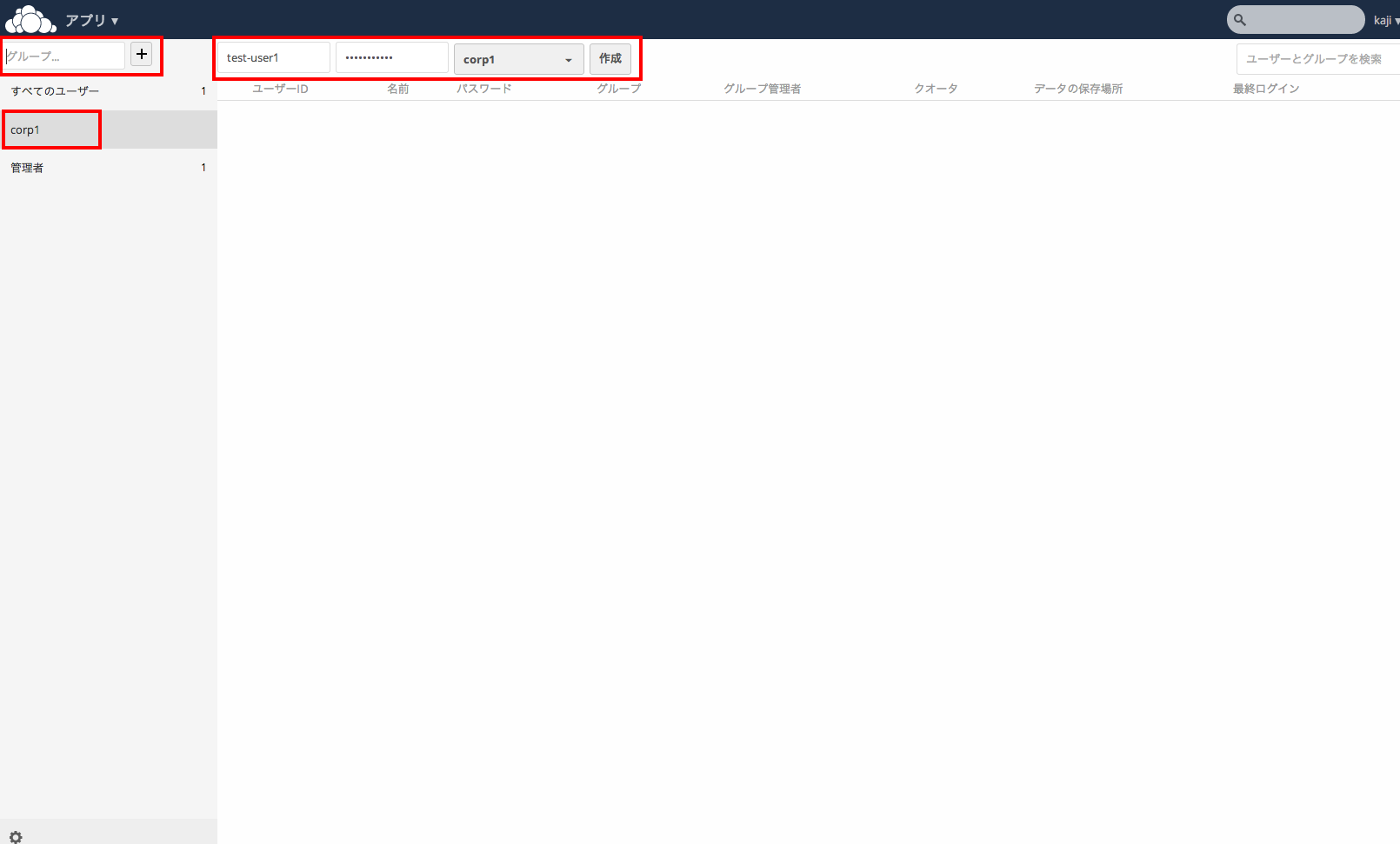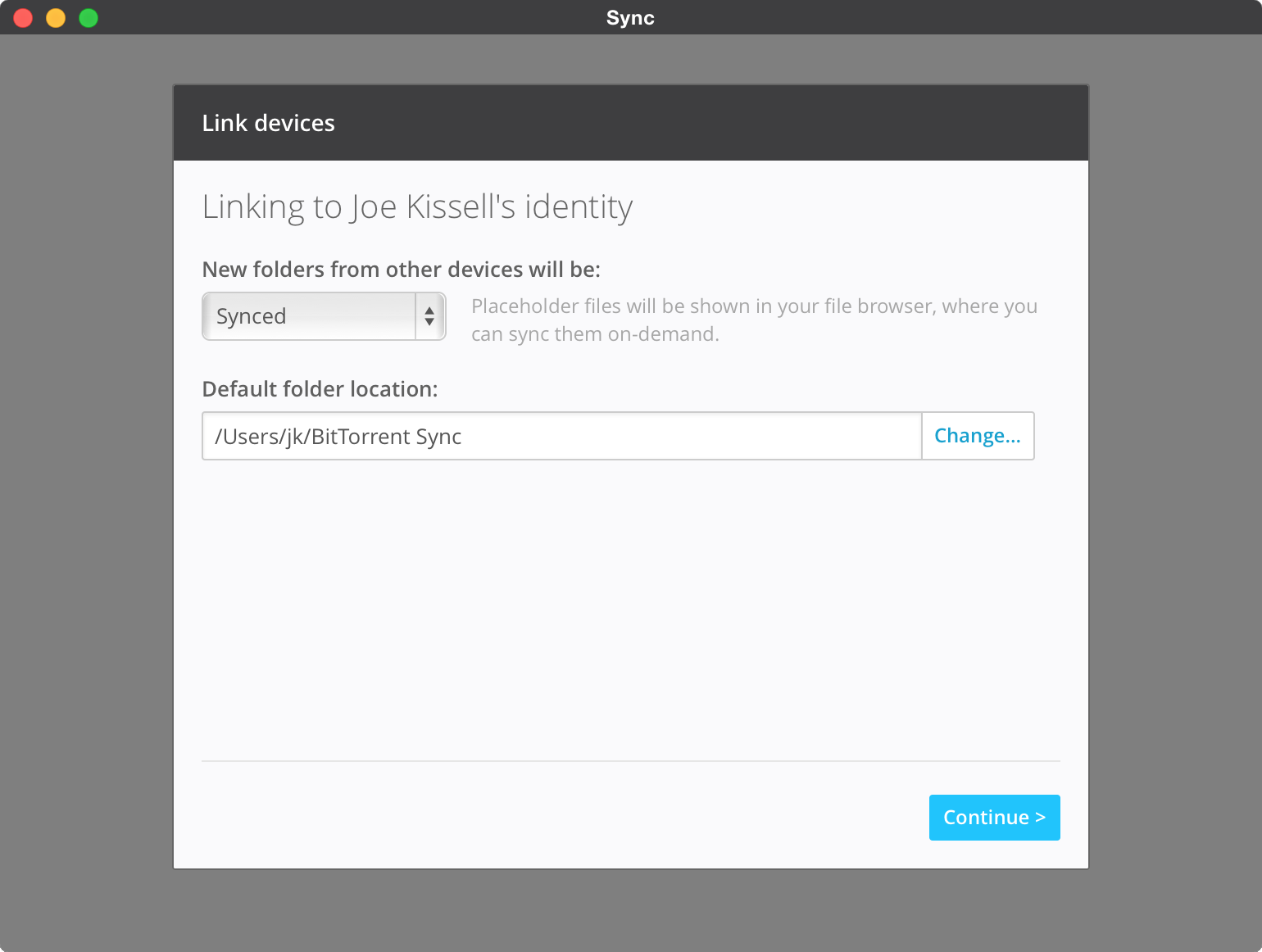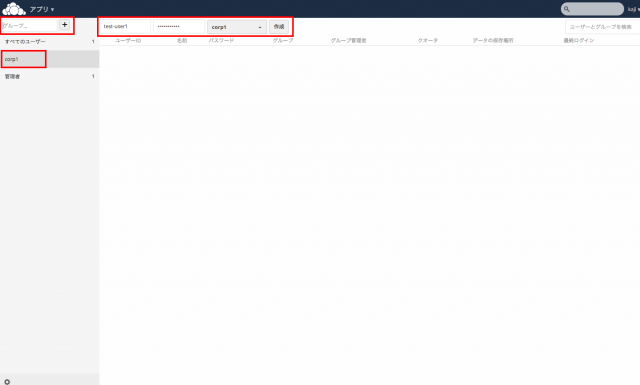

- #BITNAMI OWNCLOUD ENABLE SSL HOW TO#
- #BITNAMI OWNCLOUD ENABLE SSL INSTALL#
- #BITNAMI OWNCLOUD ENABLE SSL PASSWORD#
Then, select the appropriate method to use: To determine which method to use, verify if your DNS provider is listed in DNS Providers in the Lego documentation.
#BITNAMI OWNCLOUD ENABLE SSL INSTALL#
The steps used to install a wildcard Let's Encrypt SSL certificate on a Bitnami hosted Lightsail instance depend on which DNS provider your domain uses.

To install a wildcard Let's Encrypt certificate in a Lightsail instance without a Bitnami stack, see How do I install a wildcard Let's Encrypt SSL certificate in Amazon Lightsail? This includes instances such as Amazon Linux 2 and Ubuntu. Wildcard Let's Encrypt certificates (for example, *.) To install a standard Let's Encrypt SSL certificate in a Lightsail instance with a Bitnami stack, see How do I install a Let's Encrypt SSL certificate in a Bitnami stack hosted on Amazon Lightsail? This includes instances such as WordPress, LAMP, and Magento. To install a standard Let's Encrypt SSL certificate in a Lightsail instance without a Bitnami stack, see How do I install a standard Let's Encrypt SSL certificate in a Lightsail instance? This includes instances such as Amazon Linux 2 and Ubuntu.

If you have a different instance blueprint or want to install a standard certificate, see one of the following: Examples of these instance blueprints include WordPress, LAMP, Magento, MEAN, and so on.
#BITNAMI OWNCLOUD ENABLE SSL HOW TO#
Subscribe to TechRepublic’s How To Make Tech Work on YouTube for all the latest tech advice for business pros from Jack Wallen.The following resolution covers installing a wildcard Let's Encrypt SSL certificate for websites hosted in a Lightsail instance with a Bitnami stack. Learn more about Docker with these resources in TechRepublic Academy: It shouldn’t take you but two to five minutes to get this completed. env file.Īnd that’s all there is to deploying ownCloud with Docker.
#BITNAMI OWNCLOUD ENABLE SSL PASSWORD#
To access your new deployment, open a web browser and point it to http:/SERVER:8080, where SERVER is either the IP address or domain of the hosting server, and then, use the admin username and password you stored in the. You’ll want to give the container a moment to fully deploy.

The above command will deploy ownCloud with persistent storage, using the following volumes: Where SERVER is your hosting server’s IP address or domain, USERNAME is the username you want to use for the admin user, and PASSWORD is the password to be used for the admin user. In that file, paste the following: WNCLOUD_VERSION=10.11 How to deploy ownCloud with Docker Composeįirst, let’s create a folder to house the necessary files. Log out and log back in, so the changes take effect. To finish things up, make sure your user is a member of the docker group: Sudo apt-get install docker-ce docker-ce-cli containerd.io docker-compose -y Sudo apt-get install apt-transport-https ca-certificates curl gnupg lsb-release -yįinally, we can install the latest version of the Docker engine as well as the docker-compose command with: Next, add the official Docker repository:Įcho "deb $(lsb_release -cs) stable" | sudo tee /etc/apt//docker.list > /dev/null The first thing to be done is to add the official Docker GPG key with the command:Ĭurl -fsSL | sudo gpg -dearmor -o /usr/share/keyrings/docker-archive-keyring.gpg How to install Dockerįor those who don’t already have Docker installed, allow me to show you how to get the latest community edition version up and running. I’ll be demonstrating on Ubuntu Server 22.04, which will also need a user with sudo privileges for the installation of Docker. To get ownCloud deployed via Docker, you’ll need an operating system that supports Docker. What you’ll need to deploy ownCloud with Docker And that’s exactly what I’m going to show you. With the help of this container runtime engine, you can get ownCloud up and running in a couple of minutes. When those moments arise, Docker is there to serve. But there may be times when you need or want to deploy an instance quickly. SEE: Hiring Kit: Cloud Engineer (TechRepublic Premium)įor the most part, installing ownCloud manually isn’t all that challenging. ownCloud is enterprise-ready and supports open standards. It is also an outstanding option for collaboration that features data access, syncing and sharing, versioning, encryption, drag-and-drop uploading, and theming. OwnCloud is a powerful cloud-based file hosting and sharing suite of tools. Jack Wallen walks you through the process of quickly deploying the ownCloud file-sharing and collaboration platform with the help of Docker. How to deploy ownCloud collaboration suite with persistent storage using Docker


 0 kommentar(er)
0 kommentar(er)
